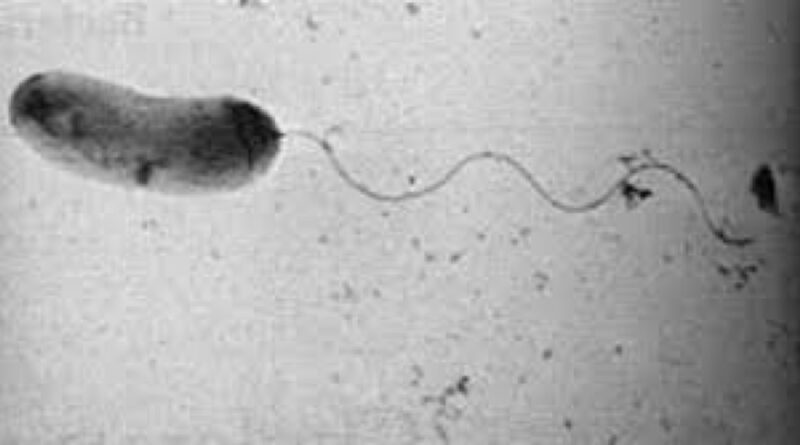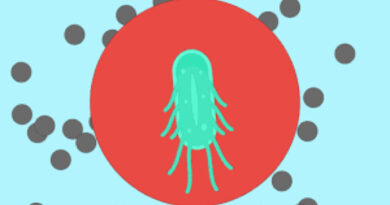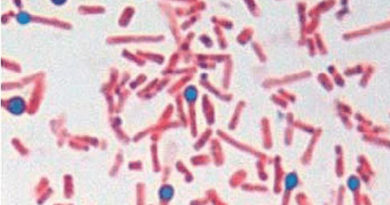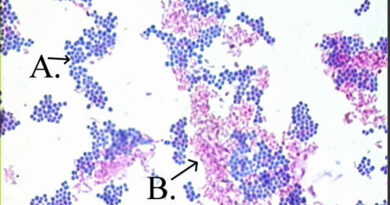Cultural Characteristics of Vibrio cholerae
Vibrio cholerae is a gram-negative, comma-shaped bacterium that is the causative agent of cholera, a severe diarrheal disease. Understanding the cultural characteristics of V. cholerae is crucial for its identification, differentiation from other Vibrio species, and for the development of effective diagnostic and treatment methods. This article explores the key cultural characteristics of V. cholerae, including its growth conditions, colony morphology, biochemical properties, and unique features that aid in its identification in a laboratory setting.
Growth Conditions
Vibrio cholerae thrives under specific environmental conditions which are essential for its cultivation and study:
– Temperature: V. cholerae grows optimally at temperatures between 20°C and 37°C. The most favorable temperature for laboratory growth is around 37°C.
– pH: It prefers a slightly alkaline environment, with an optimal pH range of 7.6 to 8.5. V. cholerae can tolerate a pH as high as 9.5, which is higher than many other bacteria.
– Salinity: This bacterium is halophilic and requires sodium chloride (NaCl) for growth. It can grow in a wide range of NaCl concentrations, from 0.5% to 3%, with optimal growth at about 0.5% to 2%.
Colony Morphology
When cultured on solid media, V. cholerae displays distinct colony characteristics:
– Size and Shape: Colonies are typically 2-4 mm in diameter after 24 hours of incubation. They are round, smooth, and convex.
– Color: On selective media such as Thiosulfate-Citrate-Bile Salts-Sucrose (TCBS) agar, V. cholerae colonies appear yellow due to sucrose fermentation, differentiating it from other Vibrio species which may produce green colonies.
– Hemolysis: On blood agar, V. cholerae does not typically cause hemolysis, though this can vary depending on the strain.
Biochemical Properties
V. cholerae exhibits several biochemical traits that are utilized for its identification:
– Oxidase Test: V. cholerae is oxidase positive, producing a purple color when oxidase reagent is applied.
– Fermentation: It ferments glucose and sucrose, producing acid without gas. However, it does not ferment lactose.
– Indole Production: V. cholerae can produce indole, which can be detected using Kovac’s reagent.
– Motility: This bacterium is motile due to the presence of a single polar flagellum, enabling it to move in liquid media.
– Voges-Proskauer Test: It is typically negative, meaning it does not produce acetoin from glucose fermentation.
– Nitrate Reduction: V. cholerae can reduce nitrates to nitrites, a useful differential characteristic.
Selective and Differential Media
To isolate and identify V. cholerae, specific media are employed:
– TCBS Agar: This medium is highly selective for Vibrio species. The presence of high salt concentrations and alkaline pH inhibits the growth of most non-Vibrio bacteria. V. cholerae’s ability to ferment sucrose results in the characteristic yellow colonies.
– Alkaline Peptone Water (APW): Used as an enrichment medium, APW supports the growth of V. cholerae while suppressing other enteric organisms due to its high pH.
Serotyping and Molecular Identification
V. cholerae is further characterized by its serogroups, with O1 and O139 being the primary serogroups associated with cholera epidemics. Serotyping is done using specific antisera to identify these serogroups. Molecular techniques such as PCR and sequencing of the cholera toxin gene (ctx) are also employed for precise identification and epidemiological studies.
Pathogenicity and Virulence Factors
Understanding the cultural characteristics of V. cholerae is essential not only for identification but also for studying its pathogenic mechanisms:
– Cholera Toxin (CT): The primary virulence factor, CT, disrupts the ionic balance in the intestines, leading to severe diarrhea.
– Toxin-Co-regulated Pilus (TCP): Essential for colonization in the human intestine and a receptor for the CTXφ bacteriophage, which carries the genes for cholera toxin.
– Other Factors: Hemagglutinins, neuraminidase, and various proteases also contribute to its pathogenicity.
Conclusion
Vibrio cholerae is a bacterium with distinct cultural characteristics that facilitate its identification and differentiation from other microorganisms. Its ability to grow in alkaline and saline conditions, specific colony morphology, and unique biochemical properties are pivotal for laboratory diagnosis. Understanding these characteristics aids in the effective management and control of cholera outbreaks, ensuring prompt and accurate identification of the pathogen.



